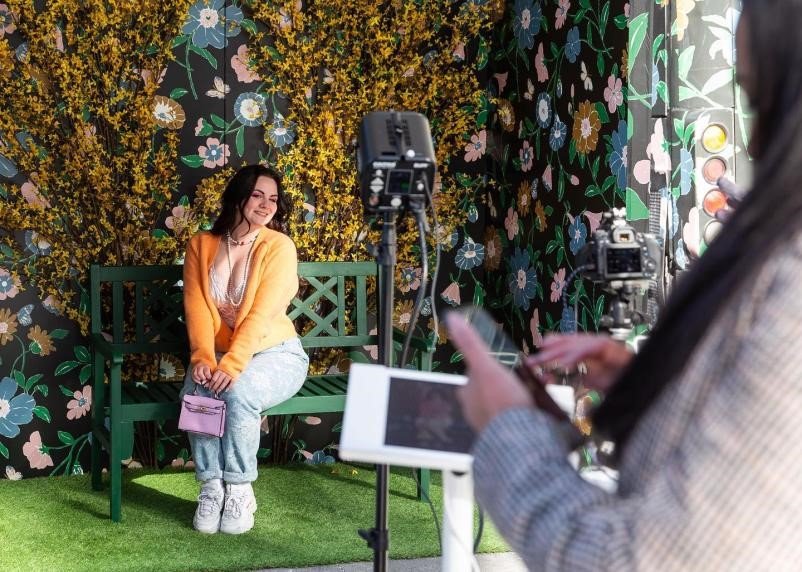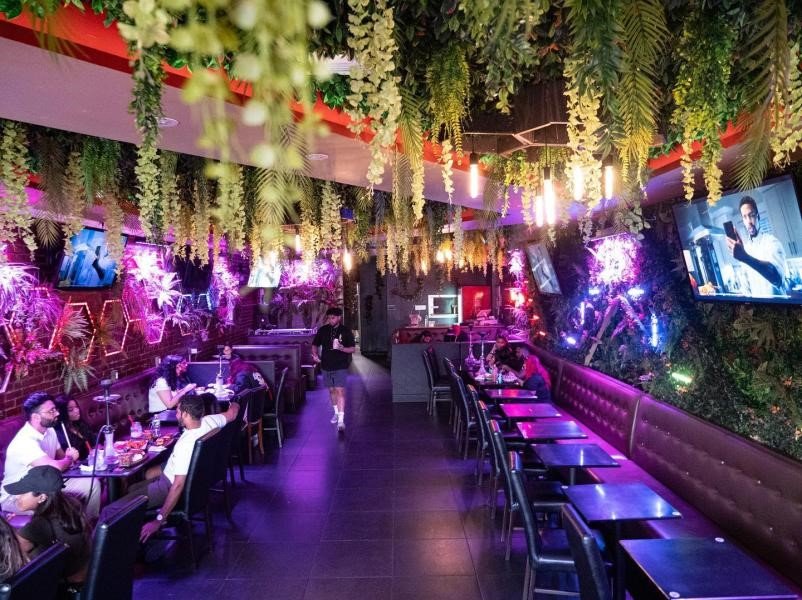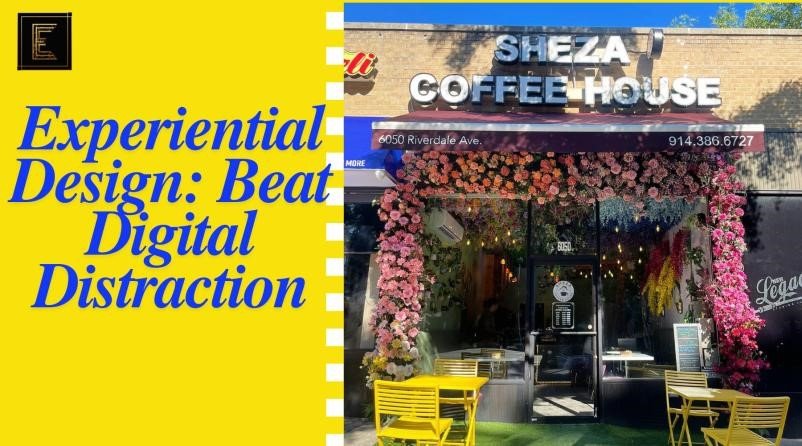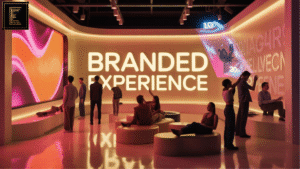In an era dominated by smartphones, social media, and endless digital content, businesses face a formidable challenge: capturing and maintaining their audience’s attention. The rise of digital distractions demands innovative strategies that place customer experience (CX) design at the forefront. This blog explores actionable strategies to engage your audience by experiential design and marketing while focusing on how to enhance customer experience in meaningful ways. This is especially relevant for an Experiential Design Agency in the United States, specializing in designing commercial spaces that improve user experiences.
The Importance of Customer Experience Design
Why Is Customer Experience Critical?
Customer experience design isn’t just about aesthetics; it’s about creating interactions that leave a lasting impression. Studies show that 86% of buyers are willing to pay more for a great customer experience. For experiential design agencies in the United States, this means crafting commercial spaces that not only attract attention but also build loyalty by enhancing user experiences.
Understanding Digital Distraction
Digital distractions stem from the constant barrage of notifications, advertisements, and content vying for consumer attention. Experiential design agencies must cut through this noise by offering memorable and engaging physical and digital experiences that resonate deeply with their audience.
Key Principles to Engage Your Audience Through Customer Experience Design
1. Personalization: Make It About Them

Tailored experiences show customers that you value them as individuals. Experiential design agencies in the United States can use data analytics to understand preferences and behaviors, enabling the creation of commercial spaces that cater to specific audience needs.
How Personalization Enhances Customer Experience
- Customized spatial layouts to align with user demographics.
- Branded environments reflecting the target audience’s preferences.
- Interactive elements designed for unique customer engagement.
2. Simplicity: Eliminate Friction
Streamlined experiences keep users engaged. Whether it’s a retail space or an office, simplicity reduces frustration and ensures visitors can achieve their goals effortlessly.
Solutions for Simplifying Customer Experiences

- Intuitive space planning.
- Clear signage and wayfinding systems.
- User-friendly interactive displays.
3. Immersive Storytelling: Connect on an Emotional Level
Stories captivate audiences and foster emotional connections. Experiential design agencies can leverage immersive storytelling to create commercial spaces that elevate brand loyalty.
Examples of Immersive Storytelling
- Retail spaces that tell a brand’s story through visual design.
- Interactive displays showcasing company history and values.
- Unique themes that immerse visitors in a compelling narrative.
Leverage Technology to Enhance Customer Experience
1. Artificial Intelligence (AI) and Smart Spaces
AI-driven solutions such as smart lighting, environmental controls, and interactive displays enhance commercial spaces, creating a seamless user experience.
Benefits of AI in Experiential Design
- Adaptive environments that respond to user behavior.
- Data-driven insights for optimizing space usage.
- Automated systems for improved convenience.
2. Augmented Reality (AR) and Virtual Reality (VR)
AR and VR create interactive experiences that merge physical and digital realms within commercial spaces.
How AR/VR Engages Audiences
- Virtual try-ons for retail products in-store.
- Immersive virtual tours of office spaces or facilities.
- Gamified AR experiences to increase user interaction.
3. Mobile Integration
Mobile integration ensures that commercial spaces stay connected with their audience even beyond the physical environment.
Mobile Integration Best Practices
- Mobile apps for navigation and personalized experiences.
- QR codes for on-demand information.
- Seamless Wi-Fi connectivity for enhanced engagement.
Engage Your Audience by Experiential Design and Marketing
1. Create Multi-Sensory Commercial Spaces
Multi-sensory designs create stronger impressions and foster deeper emotional connections. Experiential design agencies can craft spaces that incorporate visual, auditory, and tactile elements.
Examples of Multi-Sensory Design

- Restaurants with curated soundscapes and unique lighting.
- Retail stores with interactive touchpoints and scent marketing.
- Offices with biophilic designs to enhance productivity and comfort.
2. Host Interactive Brand Experiences
Interactive events in commercial spaces allow audiences to engage directly with brands in a meaningful way.
Types of Interactive Brand Experiences

- Pop-up shops with interactive elements.
- Experiential campaigns within retail environments.
- Custom installations for corporate spaces.
3. Optimize Commercial Spaces Through Gamification
Gamification creates engaging customer journeys by incorporating elements of play and competition.
Ways to Implement Gamification
- Digital leaderboards in office spaces or stores.
- Loyalty programs integrated with in-store experiences.
- Interactive exhibits that reward participation.
Measuring Success: Metrics to Track
1. Customer Satisfaction Scores (CSAT)
Measures how satisfied users are with their experience in a commercial space.
2. Foot Traffic and Dwell Time
Tracks the number of visitors and the time they spend engaging with the space.
3. Brand Engagement Metrics
Evaluates the level of interaction with installations, events, or interactive elements.
FAQs
1. What is an experiential design agency?
An experiential design agency specializes in creating commercial spaces that enhance user experiences through innovative design and interactive elements.
2. How does experiential design improve user engagement?
Experiential design fosters engagement by creating immersive, multi-sensory environments that captivate attention and encourage interaction.
3. What role does technology play in experiential design?
Technology like AI, AR/VR, and mobile integration enhances commercial spaces by offering personalized, efficient, and engaging user experiences.
4. Why is personalization important in commercial space design?
Personalization ensures that the space meets the specific needs and preferences of its target audience, increasing satisfaction and loyalty.
5. How can businesses measure the success of experiential design?
Metrics such as customer satisfaction scores, foot traffic, and engagement levels help businesses evaluate the effectiveness of their experiential designs.







